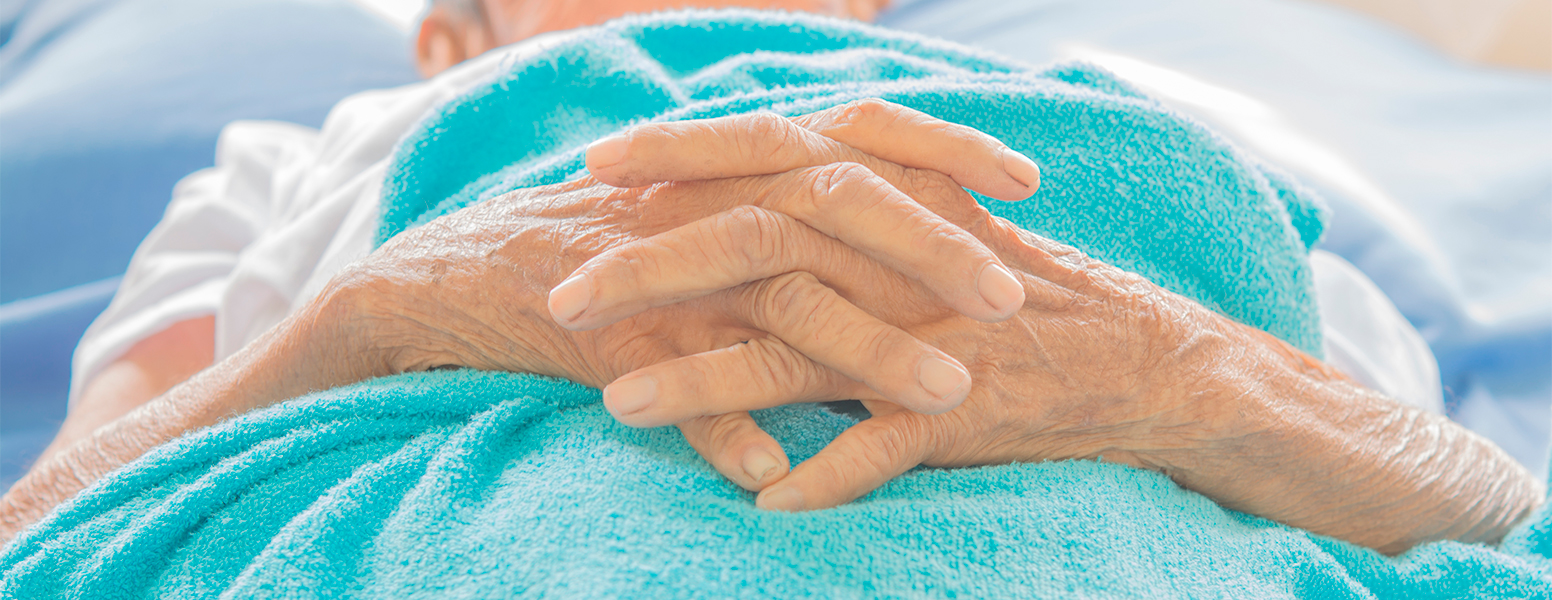Often, urinary incontinence goes hand in hand with bed sores. The condition is more common in elderly people with limited mobility and is due to the effect of urine on the skin.
Urine is made up of 95% water, while the remaining 5% consists of organic substances, mainly urea.
Healthy skin has a pH of between 5.4-5.9, i.e. it’s acidic. The microbicidal properties of this acidic environment prevent the easy development of pathogenic microorganisms. When, however, the skin is saturated with urine, the urea it contains creates an alkaline reaction that raises the skin’s pH and favours the development of microbes.
The situation worsens dramatically when faecal incontinence is also present, as faeces contain proteolytic and lipolytic enzymes that destroy the skin’s barrier function.
The use of soap removes sebum, a substance that essentially waterproofs the epidermis, from the skin’s surface.
In addition, urinary incontinence increases the skin’s moisture and reduces its resilience, which is often adversely affected by reduced blood flow due to the pressure exerted from being bedridden. Lastly, frequent washing and drying, especially if it involves rubbing the skin’s surface, can disrupt the skin’s continuity, causing microscopic tears.
It is preferably, therefore, to use soft cotton cloths to dry the skin, without rubbing.
It is important to distinguish between bed sores that are due solely to pressure and those that are caused by incontinence.
Incontinence associated bed sores are usually characterized by the fact that they appear symmetrically on the thighs, the pubic bone and hip area and that they are purple and not red in colour, while the surrounding tissues are swollen and distended.
The way to clean the skin is without using soap, for example with the special Sani wet wipes, which clean effectively and care for irritated skin. In addition, incontinence associated dermatitis can definitely be reduced with the use of skin barrier care products.
Kindly contributed by Urologist – Andrologist Surgeon, Dr Charalambos P. Asvestis





